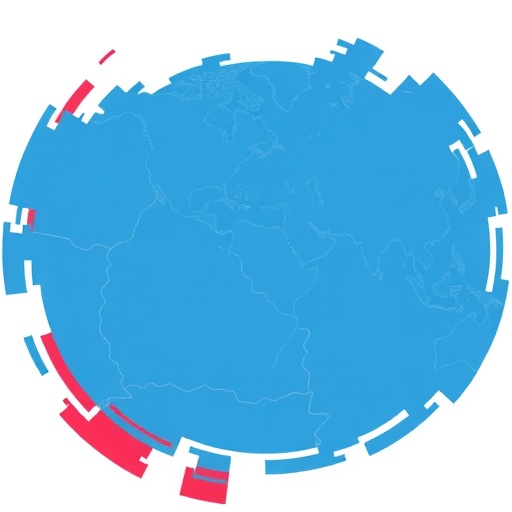Annapolis, MD; Dec. 22, 2016—Is the United States at risk for a large-scale outbreak of Zika or other mosquito-borne disease? While climate conditions in the U.S. are increasingly favorable to mosquitos, socioeconomic factors such as access to clean water and air conditioning make large-scale outbreaks unlikely, according to new analysis of existing research–but small-scale, localized outbreaks are an ongoing concern.
In their forthcoming paper in the Journal of Medical Entomology, "Factors of Concern Regarding Zika and Other Aedes aegypti-Transmitted Viruses in the United States," Max J. Moreno-Madriñán of the Indiana University-Purdue University Indianapolis and independent research entomologist Michael Turell argue that a leading factor in outbreaks of Zika, yellow fever, dengue, and chikungunya — all transmitted by the Aedes aegypti mosquito — is low socioeconomic conditions in developing countries.
While tropical temperatures appear to contribute, historical outbreaks of yellow fever and dengue in the United States as far north as New England show that mosquitos can indeed carry and transmit disease in more temperate climates during summer months. The key difference, the researchers argue, are factors related to low socioeconomic status such as the absence of air conditioning, the absence of screened windows, and the prevalence of household water storage, all of which are uncommon in developed countries like the U.S.
"It seems clear that the main factors keeping outbreaks of these diseases from occurring today are socioeconomic such as lifestyle, housing infrastructure, and good sanitation. While such conditions are maintained, it seems unlikely that large scale local transmission will occur, especially in northern states," the authors write.
However, the risk remains for localized outbreaks to occur, particularly in southern states where a longer warm season, pockets of lower socioeconomic conditions, and more-common travel connections to countries where Zika and other diseases are present are all contributing factors.
"The growing interconnection of our global society makes global public health-related issues, such as sanitation and the lack of a continuous supply of running water in developing countries, an important concern to developed countries, as these developing countries may serve as a source of imported cases of disease," the authors write.
They also suggest that protection against outbreaks of mosquito-borne diseases is yet another reason for investment in infrastructure and disaster planning. "If the isolation between humans and Ae. aegypti mosquitoes in the U.S. is primarily caused by lifestyle and living infrastructure associated to socioeconomic conditions, these could be threatened by massive natural disasters, or any other event that disrupts current infrastructure," they write.
###
"Factors of Concern Regarding Zika and Other Aedes aegypti-Transmitted Viruses in the United States," by Max J. Moreno-Madriñán and Michael Turell, will be published in the Journal of Medical Entomology on January 3, 2017. Journalists may request advance copies via the contact below.
CONTACT: Joe Rominiecki, [email protected], 301-731-4535 x3009
ABOUT: ESA is the largest organization in the world serving the professional and scientific needs of entomologists and people in related disciplines. Founded in 1889, ESA today has over 7,000 members affiliated with educational institutions, health agencies, private industry, and government. The Society stands ready as a scientific and educational resource for all insect-related topics. For more information, visit http://www.entsoc.org.
Journal of Medical Entomology publishes research related to all aspects of medical entomology and medical acarology, including the systematics and biology of insects, acarines, and other arthropods of public health and veterinary significance. For more information, visit http://jme.oxfordjournals.org/, or visit http://www.insectscience.org to view the full portfolio of ESA journals and publications.
Media Contact
Joe Rominiecki
[email protected]
301-731-4535 x3009
@EntsocAmerica
http://www.entsoc.org
############
Story Source: Materials provided by Scienmag




